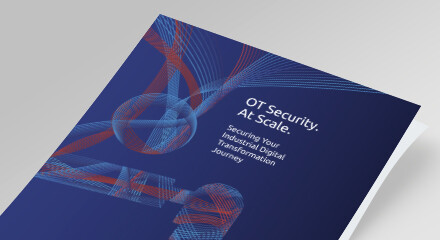
Smart Buildings Cybersecurity Challenges
- Connections between previously isolated systems creates new attack paths
- Critical systems exposed to attacks can endanger human lives and safety
- Lack of documentation within OT networks creates Shadow OT areas
- Ransomware campaigns attempt to gain control over physical infrastructure
As the trend toward smart buildings accelerates, the sophistication of these buildings is on the rise. More and more aspects of building management are being digitized and centrally managed. The benefits of making buildings smarter include: optimized energy consumption, reduced operational costs, and improved personal safety and security. In order to achieve these benefits, Building Management Systems (BMS) require increased connectivity: within each BMS, among separate buildings or even within entire smart city systems and the internet more widely.
All these advancements in connectivity incur security risks. The devices that control physical environments, are now much more susceptible to malicious attacks. The criticality of these systems makes them an inviting target for deliberate attacks. Coordinated attacks or failures in tandem with other emergency events can further increase the potential for significant damage. For example, simultaneous failures in fire safety systems, door controls, HVACs and other systems, at the time of a fire, can cause disastrous results.





